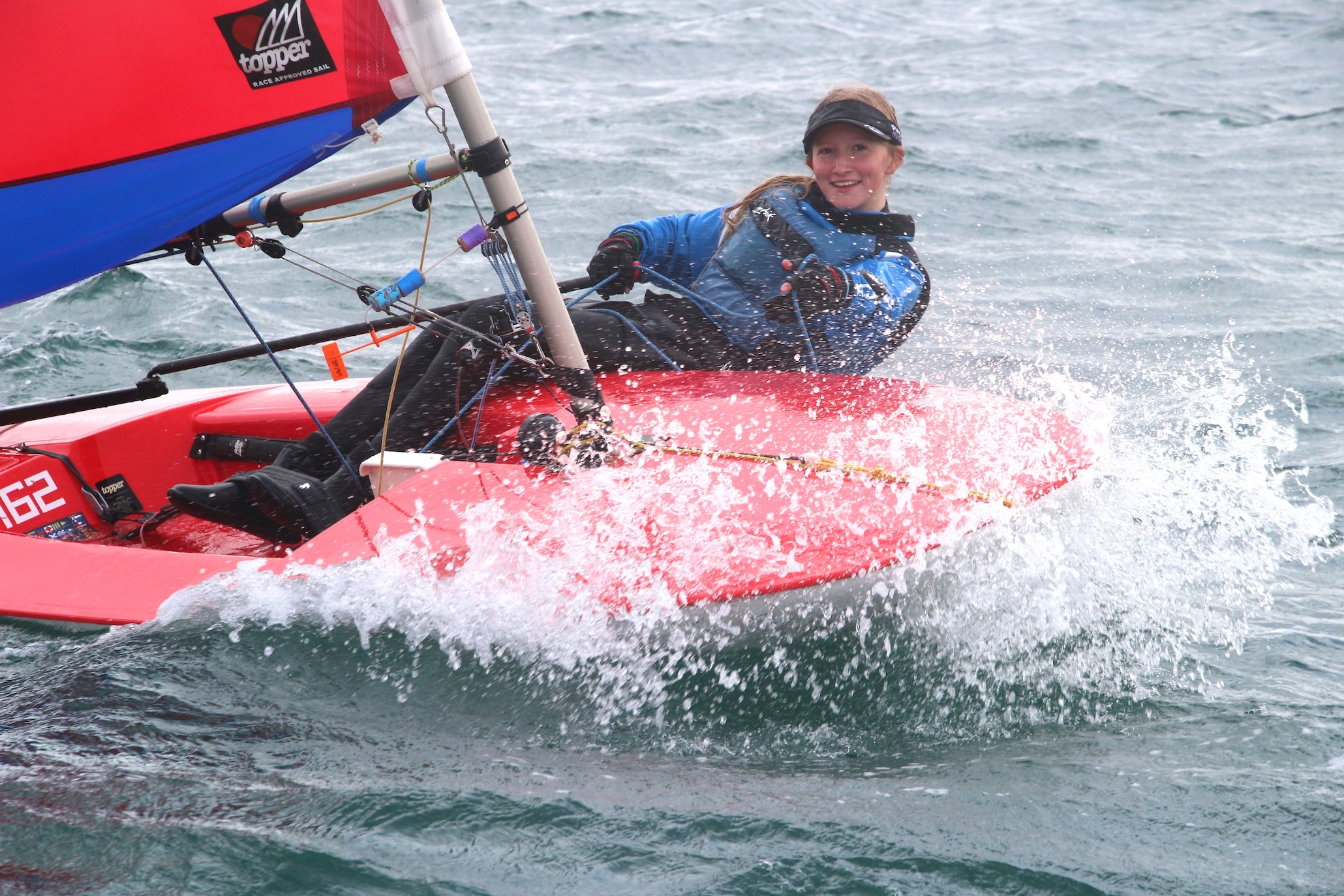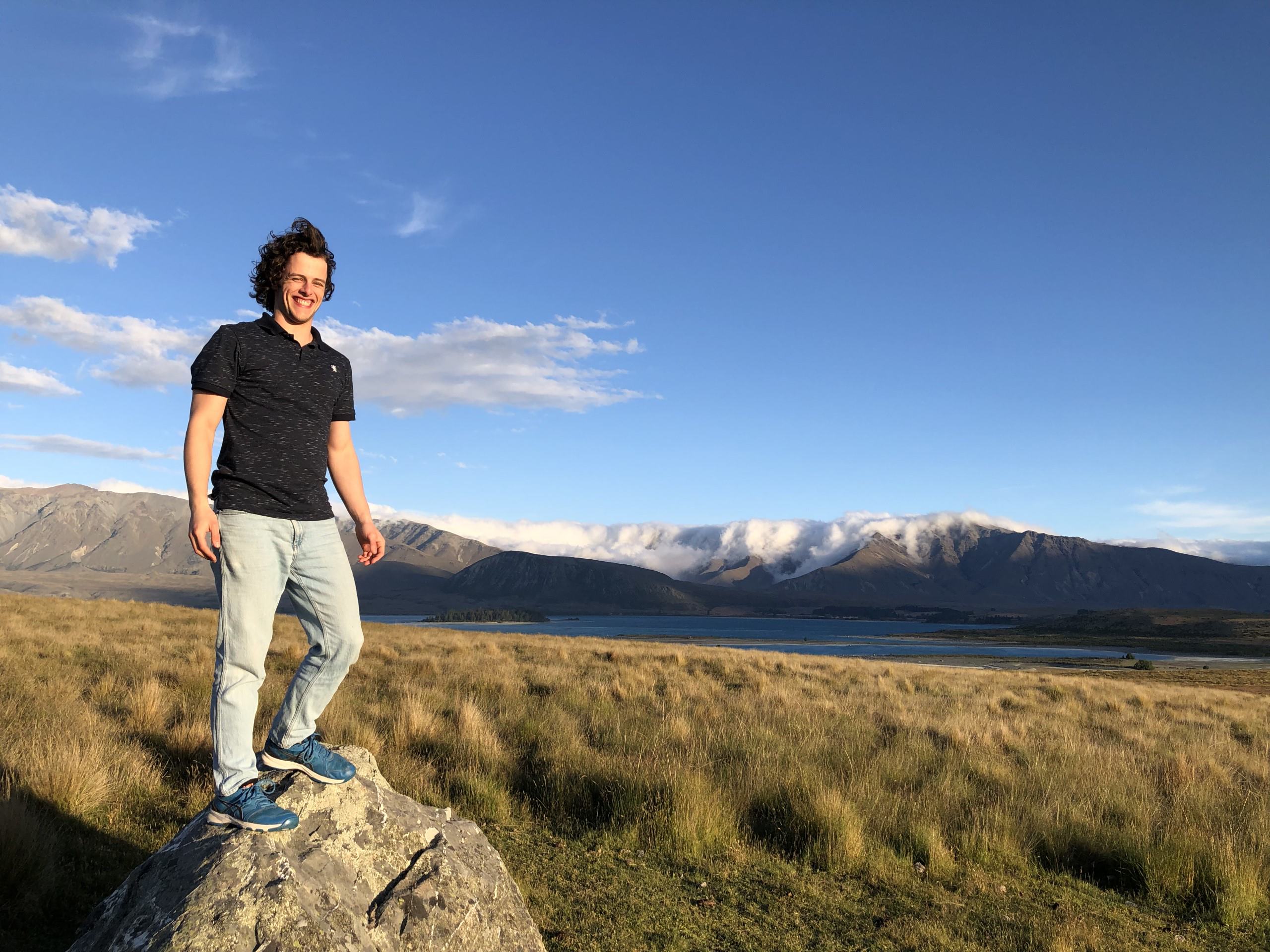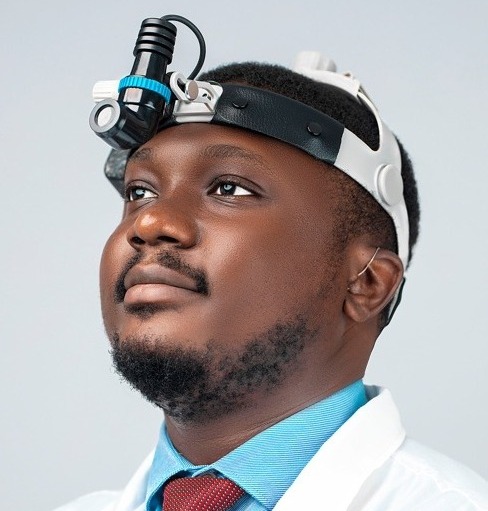
Pixar shows inclusivity with cochlear implant in ‘Toy Story 4’
June 27, 2019
5 everyday hearing loss challenges made a little easier
July 1, 2019Deaf photographer shares moving stories in new book ‘Earshot’

Deaf photographer Kate Disher-Quill recently released her latest photography book called “Earshot.”
“Earshot” is a compilation of visual and written stories Kate collected from more than 35 deaf and hard of hearing people. The project didn’t come easy for Kate, as just five years ago before she created this book, she was ashamed herself to wear her hearing aids and share her deafness with others.
This is the journey Kate took to reach the publication of her book.
Growing up with hearing loss wasn’t easy
Kate was diagnosed with mild to moderate hearing loss when she was three years old. She started wearing hearing aids when her hearing became worse at age 10.
“You can imagine how out of place I felt as a child sitting in an audiology clinic surrounded by images of elderly people,” Kate describes in the author introduction of her book.
She mentions how the actions of others made her feel like she would never be as smart as her peers. Following her hearing loss diagnosis, she was referred to a special needs teacher and her parents were told she would never be a party girl. Isolation and shame started to creep into Kate’s life, causing her to hide her hearing loss.
She says she didn’t tell people about her hearing aids and refused to wear them outside of the classroom. Her parents encouraged her to wear her hearing aids, but also saw how distressing the situation was for Kate.
“From a young age, our social environment conditions us to hide our weaknesses and our differences,” she says. “It is often done as a form of self-protection, and due to the fear of rejection and being made to feel inferior. Regardless, we are often left feeling isolated, ashamed and live with the perception that no one will quite understand us.”
“…we are often left feeling isolated, ashamed and live with the perception that no one will quite understand us.”
Kate says she continued to feel this way for 16 more years until a major change happened in her life. She read an article written by a young deaf photographer and immediately connected with her descriptions of growing up feeling out of place and with a lack of accessibility.
“Mid-way through the article, I realized there were tears rolling down my face.”
It was then when Kate finally felt as though she was no longer alone on her hearing loss journey.
A passion for photography
Learning more about this deaf photographer led Kate to discover her own passion for photography.
“I knew immediately that this article had changed my life irrevocably,” she says. “Not only had it shifted my perspective, but it made me question something far more significant. If a thousand words in a magazine could have such an impact on me, how could I use photography and storytelling to do the same for so many others?”
Soon after, she studied visual communications and started her photography career.
“I never thought to wear them [my hearing aids] socially as I was crippled by the idea that people would judge me,” she says. “Connecting with so many other Deaf and hard of hearing people essentially gave me a community to share my story with and which has led to a complete shift in my relationship to hearing and deafness,” she says.
“Connecting with so many other Deaf and hard of hearing people essentially gave me a community to share my story with and which has led to a complete shift in my relationship to hearing and deafness.”
This change however, didn’t come easily or happen overnight for Kate.
“It came with many tears, questions and digging deep to find out why I had such negative ideas around my deafness and what my hearing aids represented.”
A large helping hand in this shift was talking to other deaf and hard of hearing people. The more Kate shared her thoughts and documented her own experiences, she felt she could let go of the negativity that had overcome her for so long.
Read more: Right Hear, Right Now: Breaking down barriers of deafness and hearing loss
What she learned through creating ‘Earshot’
Before starting this project, Kate didn’t know anyone else with hearing loss. She proceeded to interview more than 35 deaf and hard of hearing people, which taught her about the diversity that exists within deaf culture.
“From Deaf culture and history, to debates around oralism and sign language, from the daily experiences of people living with various hearing devices,” Kate says. “I learnt about people’s fears, heartbreak, joys, and resilience. More than anything, I realized how much people had suffered and this is what kept driving me to complete the book. I knew this project had the power to transform people’s lives.”
Being immersed in deaf culture was one of the most beautiful aspects of the project for Kate says. After having had this experience she believes that everyone should be familiar with using sign language and learning to bridge the communication gap between Deaf and hearing people. Her eyes were opened to a wonderful culture that she was close to, yet far away from throughout her whole life.
Read more: How to learn sign language
What she wants others to gain from her book
Kate hopes that “Earshot” will spread hearing loss awareness to destigmatize hearing loss. She wants to encourage the audiology and hearing industries to realize how they visually represent deafness and to improve their relationships with those within the deaf and hard of hearing community.
She also hopes that this awareness won’t be applied to just hearing loss, but to all differences that people have to make them unique.
“I hope people will gain a level of compassion and understanding through reading ‘Earshot,” she says. “While it is obviously centered around hearing loss and deafness, I believe that many of the ideas and experiences discussed in the book can be applied to anyone with a type of ‘difference’. I also hope that those who have experienced isolation or a feeling of inadequacy will realize that there is strength in revealing their vulnerability, and ultimately that they are not alone.”
You can learn more about Kate’s projects, or buy a copy of Earshot here!






